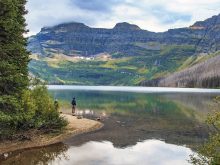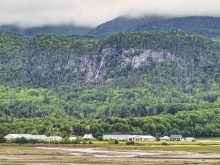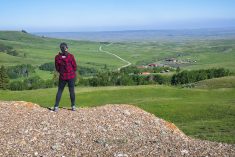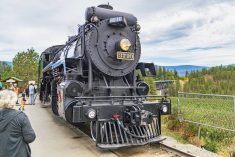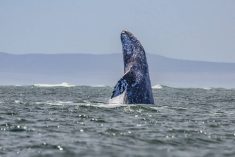Banff is famous for its magnificent landscapes, no less so in winter when a blanket of snow brings an added dimension.
Besides striking scenery, winter has other advantages. Canada’s most famous national park can get so busy in summer and fall that just finding a parking spot at many top sights is challenging.
Fewer people are around in winter, even with the popularity of skiing. During our late January visit, none of the places we wanted to go were too crowded. Another bonus is that accommodation costs are significantly more affordable in winter. However, it is best to visit mid-week since weekends and holidays can be busy at any time of year.
Several prominent sights look completely transformed. At Bow Falls, easily accessible in the Banff townsite, the partially frozen waterfall changes almost daily, displaying a dramatic combination of ice formations and water flowing from openings in the snow-encrusted falls.
Lake Minnewanka, the largest lake in the park, is only about 10 kilometres from Banff. It is frozen over in winter and mostly covered in snow. However, a few windswept stretches of ice are snow-free, attracting skaters.
We walked out onto the lake mainly to see the ice itself. In spots, it’s possible to see fascinating methane bubbles that have formed at different depths in the ice, as well as the seemingly chaotic network of deep cracks. While mostly smooth, some areas of ice have interesting rippling or bumpy formations.
For sunset, we like the Vermilion Lakes on the western edge of the townsite. This network of lakes and marshlands in the Bow Valley boasts a magnificent backdrop of snow-capped peaks, dominated by Mount Rundle, which takes on a warm glow from the setting sun. The lakes are mostly frozen in winter, but if the weather warms, small patches of open water next to the road become prime spots for photographers to capture mountain reflections near sunset.
The top scenic drive is the Bow Valley Parkway, a slow road paralleling the busy Trans-Canada Highway between Banff and Lake Louise. During summer, about a third of it is a designated bicycle trail and is closed to vehicle traffic. But in winter the entire route is open to vehicles, making it ideal for meandering and stopping to take photos, or exploring snowshoe and cross-country ski trails.
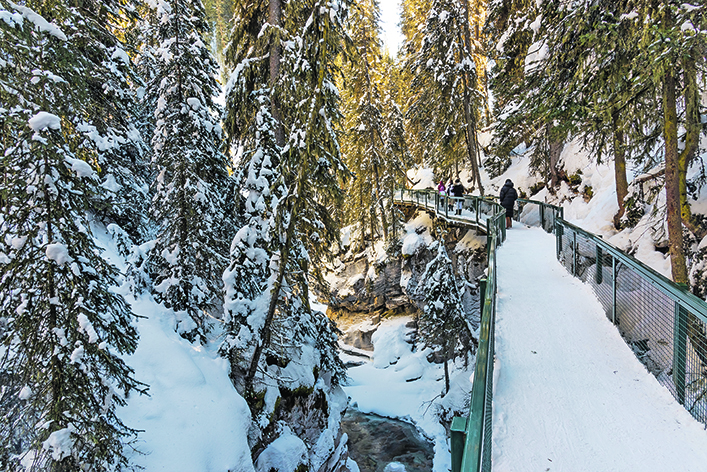
About halfway along we find Johnston Canyon, a dramatic gorge carved deeply into the bedrock. The rushing stream and waterfalls in winter are partially frozen and partially flowing, resulting in some amazing formations.
The walking trail is kept open in winter, though how far you can go may depend on your footwear. The walk to the lower falls is fairly straightforward, just over a kilometre away with only moderate ups and downs. Farther along, the steeper terrain becomes more slippery from packed snow and ice, so cleats on your boots are recommended.
You can still see a lot if you only go to the lower falls. The pathway, which is wide near the beginning, narrows as it enters the steep canyon, following the edge of vertical cliffs. In places, the rocks drip with massive icicles and huge chunks of snow. You can get right up to the falls after going through a small tunnel formation in the rocks.
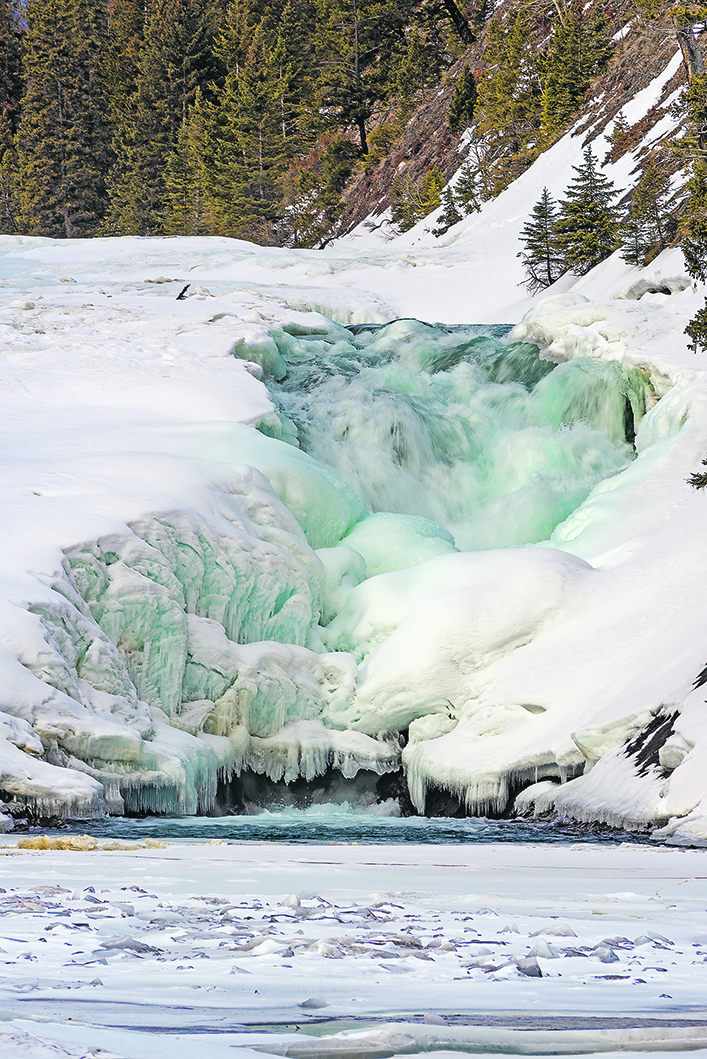
During our visit, the falls were mostly frozen but still had some water flowing. It was a peculiar sight looking through the veneer of clear, bluish ice to see the running water behind.
The Bow Valley Parkway ends just outside Lake Louise. In summer, the parking lot often fills up early, and you have to pay for parking. In winter, parking is free and we found that the lot had plenty of room on a weekday morning.
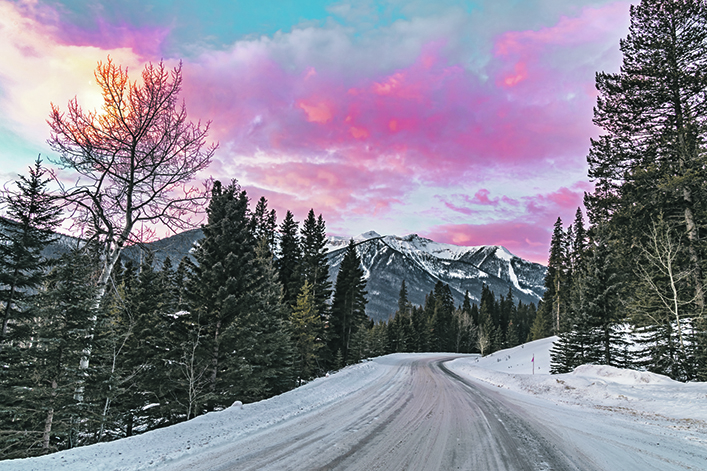
It’s no surprise that the skating area on the lake in front of the Fairmont Chateau Lake Louise often makes the list of the world’s most scenic skating rinks. Framed by glaciers and towering mountain peaks, the well-maintained rink is open to the public. Another big draw near the entrance is the fairy-tale ice castle made with huge blocks of ice and decorated with carved motifs, plenty of windows, and miniature lights.
Arlene and Robin Karpan are well-travelled writers based in Saskatoon. Contact: travel@producer.com.






